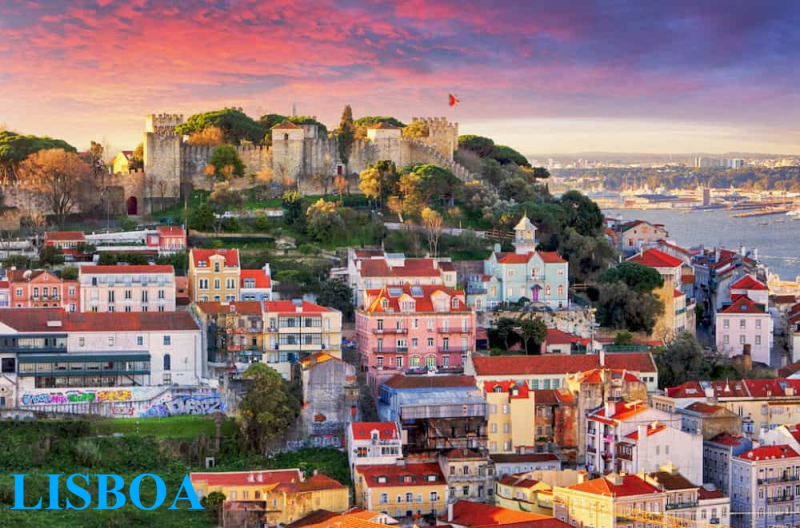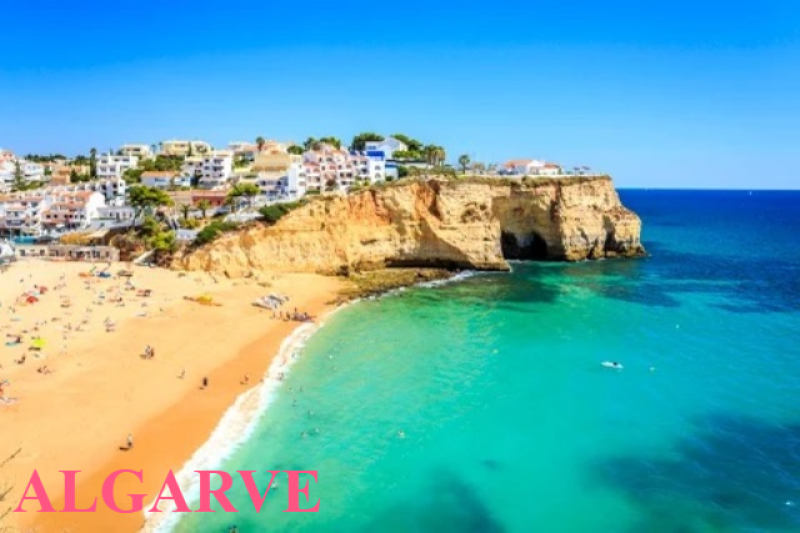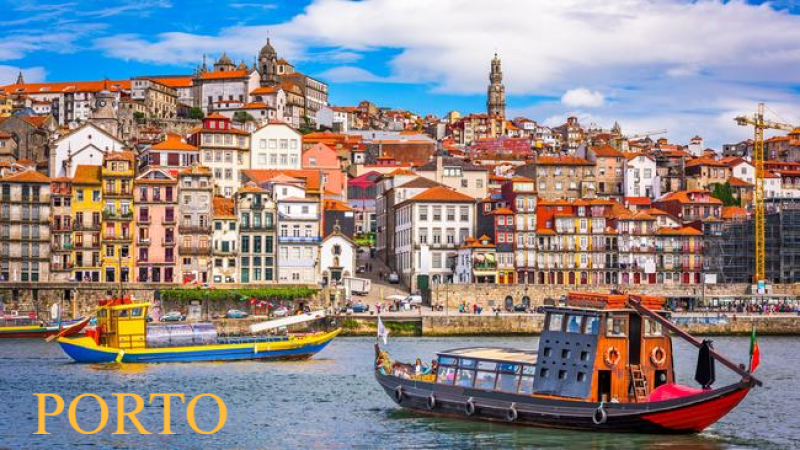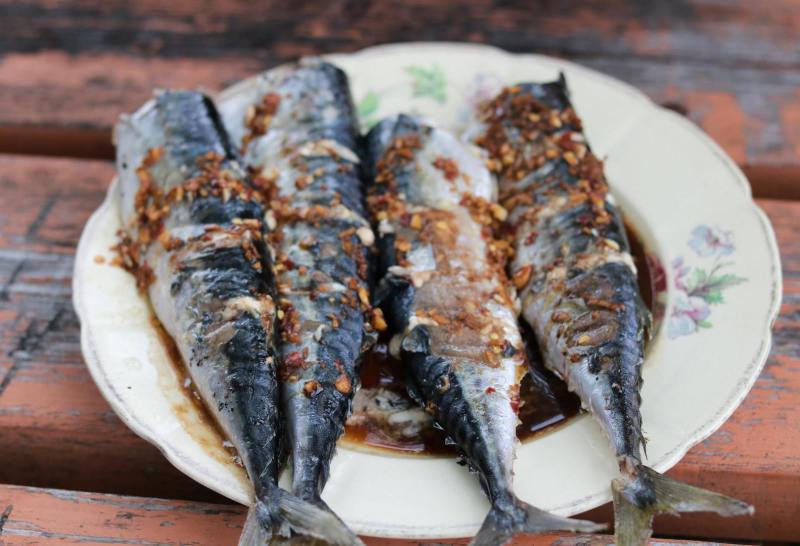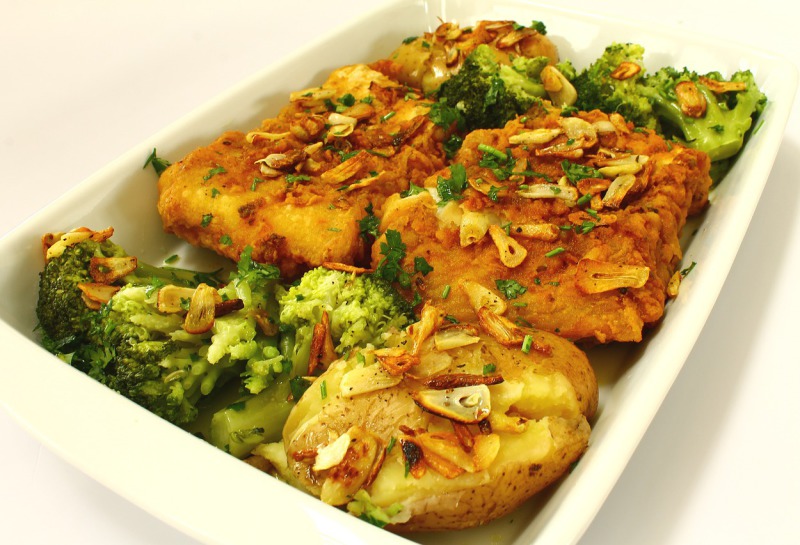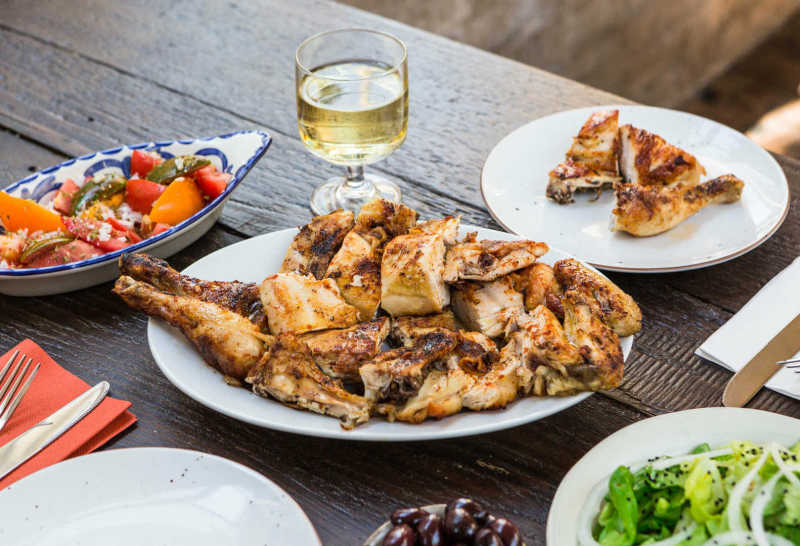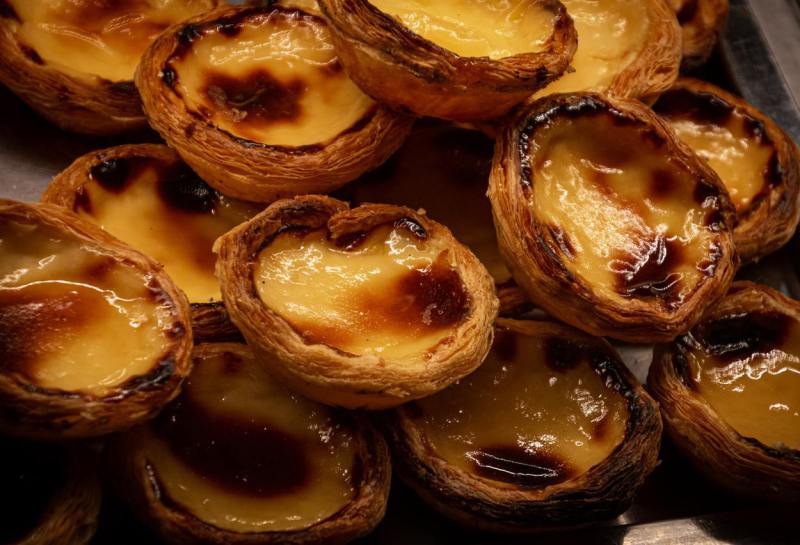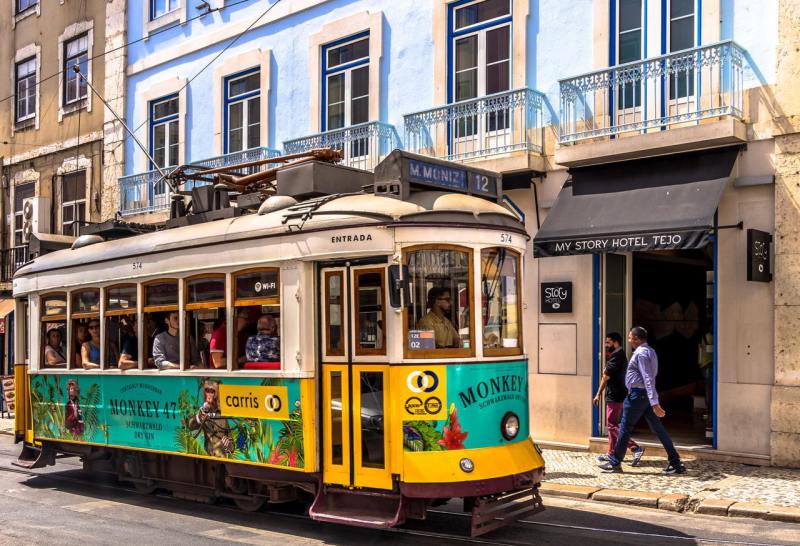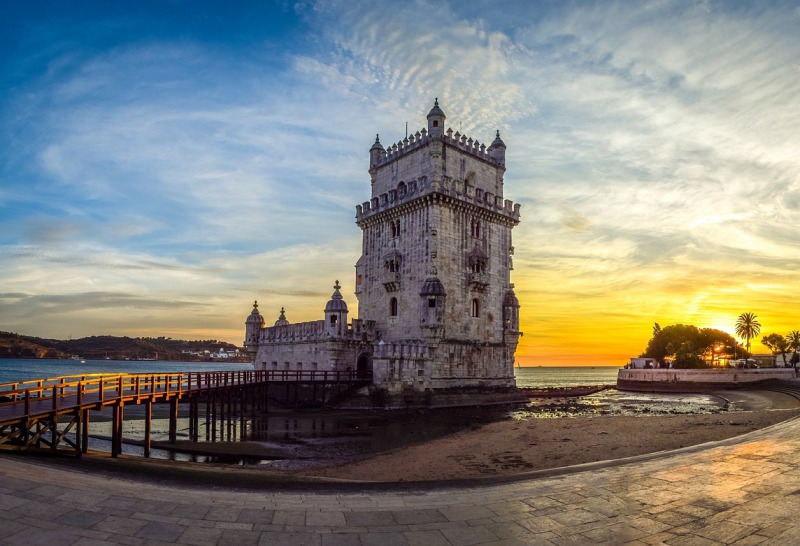PORTUGAL
Explore what Portugal has to offer; Our Culture, Our Cusine, Our Beauty!
Influenced by Mediterranean cuisine and known for its wealth of seafood, spices and olive oil, Portuguese cuisine relies heavily on the Atlantic Ocean and the produce grown throughout the country. A journey through Portugal will bring you the likes of whole octopus slathered in olive oil, soups bobbing with beans and meat and francesinha sandwiches, puffed up with coin-size chorizo rounds. In Lisbon, the Portuguese capital, the cobblestone streets overflow with corner shops hawking bacalhau swimming in olive oil and bite-size egg custards gently dusted with powdered sugar. Below are some of the most beloved and famed dishes and desserts you need to eat on any trip to Portugal.
LISBON - The City of Light
Lisbon, the capital of Portugal is a hidden gem. It is a stunning city nestled between seven hills. It's one of the oldest cities... predating the likes of London, Rome and Paris by hundreds of years. You can feel its antiquity clinging to every corner, especially in the district of Alfama. This makes Lisbon a veritable banquet for history-hungry visitors. The city gets 200+ days of sunshine giving it the nickname of ‘City of Light’. The beach is right at its door with weather that would make most Caribbean islands run for their money. The historic city is making waves as the new ‘It’ holiday destination.
ALGARVE - Sun, Sand & Sea!
The Algarve is a region of hidden delights, of golden beaches framed by limestone rocks, restaurants with fresh fish, and of a wealth of top-quality family hotels and villas. By the fringes of the sea, in the centre of the Algarve, resorts line the cliffs, some attractively set in lush gardens; others are soulless, concrete monstrosities. However in the east it’s as though time has stood still: the wave of mass tourism that washes over much of the Algarve has not touched this region, leaving a tranquil landscape of whitewashed villages and groves of cork and olive trees. The wild, western Algarve, meanwhile, surrenders to the power of the Atlantic – it is all about nature, surfing and the sea. Whichever part of the Algarve you choose, you will find friendly, welcoming people, delicious food, and plenty of sun, sand and sea!
PORTO - The Cultural Capital of Portugal
Long regarded as Lisbon’s quieter sibling, Portugal’s second city is currently undergoing a magical moment of rejuvenation. Centuries ago, British merchant ships would cluster in Porto’s medieval harbour to ferry the region’s eponymous port wines back home. Now, the city’s river banks are crowded with hip new bars and cool pavement restaurants. Helping drive Porto’s transformation is its resurgent cultural scene, from world class concerts at Casa de Musica to exciting art exhibitions along Rua de Miguel Bombarda. But this ancient metropolis is not about to chnage; the Portuguese love their old world ways too much to give them up. So staying put are the city’s cobbled streets and beautifully tiled churches, its lazy lunchtimes and touching friendliness. In short, what’s on offer is the best of both worlds.
SARDINES - Sardinhas assadas
A platter of freshly grilled sardines (sardinhas assadas) is typical comfort food in Portugal. Often found as a main attraction at summer festivals across the country, the sardines are roasted whole on an open-fire grill and simply seasoned with a sprinkling of coarse sea salt. Once smoky and charred, the small fish are removed from the fire and served as they are – bones and heads intact. Do as the Portuguese do and eat them whole: hold the head in one hand and the tail in the other, and – avoiding the bones of the spine – bite into the fish from the side. It’s crispy on the outside, revealing wonderfully flaky white meat on the inside. Lisbon in particular celebrates sardines at the Feast of St Anthony – also known as ‘the Sardine Festival’ – an annual event where cooks sell whole, charred sardines tucked into springy buns.
BACALHAU - Dried Salted Cod!
In just about every Portuguese restaurant, travellers can find bacalhau (dried and salted cod). The traditional dish comes with its own nickname – ‘the faithful friend’ – and the Portuguese are quick to remind you there are more ways to prepare bacalhau than there are days of the year. You can find it as bacalhau à brás, a mound of tiny fried potatoes, cod, onions and scrambled eggs; or you can tuck into bacalhau com todos, a plate of boiled cod and vegetables and sliced hard-boiled eggs. Best places to try- D’Bacalhau, A Casa do Bacalhau, Laurentina o Rei do Bacalhau and the local cafes.
FRANGO - Piri Piri Chicken!
During the Age of Exploration in the 15th and 16th centuries, Portuguese explorers traveled through coastal Africa and discovered many new spices.
One of the spices was a small spicy chili pepper known as Piri-Piri, Peri-Peri, or “African devil.” Today, Portuguese chicken covered in piri–piri is served with chips or french fries and small lettuce, tomato, and onion salad is a very popular Portuguese national dish. In Portugal, places that sell Portuguese chicken piri-piri are called churrascarias. You’ll find them in every neighborhood throughout the country. You want to eat the chicken, known as frango in Portuguese, using your hands. Locals do not use a fork and knife. The chicken is cut up in such a way that makes it easy for you to tuck in and get all the juicy bites around the bones and it's an experience you will never forget.
PASTÉIS DE NATA - Natas!
Perhaps Portugal’s most adored pastry, the pastéis de nata is a pint-size egg custard tart. Puff pastry is jammed with a yellow custard whisked with egg yolks, sugar, cream and a dash of lemon zest and baked until golden. At Pastéis de Belém, a bakery that’s been in operation since 1837 in Lisbon, lines curl out of the bakery with visitors waiting for one thing: the famed pastéis de nata. Guests can shower each pastry with their choice of powdered sugar or cinnamon; they are eaten for breakfast, as a snack or a dessert. A trip to Portugal is incomplete without tasting the famous pastéis de nata or egg tarts. This iconic heavenly dessert is popular among locals and tourists alike.
TRAM RIDE - Route 28
Lisbon is well-known for its colorful trams. Hop on the most famous of all the trams, Tram 28, a bright yellow colored vintage tram, and discover the charming city. The tram starts from Martim Moniz and ends in Campo Ourique. It passes through the popular tourist areas. The tram is one of the most iconic ways of touring the city.
Being such a tourist-friendly route means that queues for Tram 28 are always long. To avoid the crowds, it’s best to go early in the morning before 11 am or opt for a walking tour on the same route as Tram 28
BELÉM - Belém Tower
The historic neighborhood of Belém is home to some of the most famous attractions in Lisbon. Here you’ll find the Jerónimos Monastery, a UNESCO World Heritage Site. The Belém Tower, another stunning UNESCO World Heritage Site, and an icon of Lisbon is also located in the same neighborhood. Other sights to see in Belém are the Discoveries Monument (a monument dedicated to Portugal’s 15th century Golden Age of Discovery), the Belém Palace (official residence of the President of Portugal), and the Fábrica dos Pastéis de Belém (home of the original custard tart).
Since Belém is a popular tourist attraction it gets pretty crowded during the weekends.

